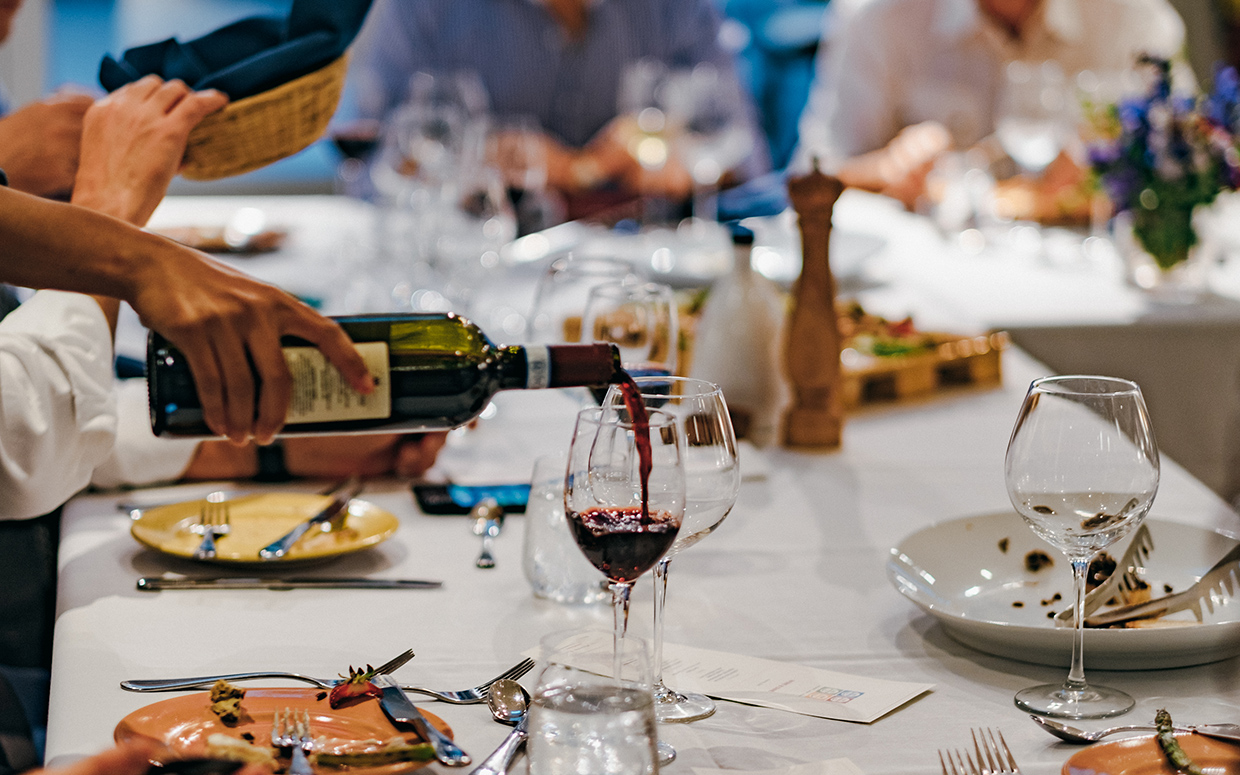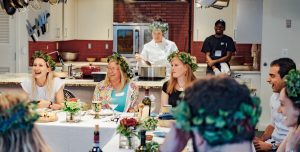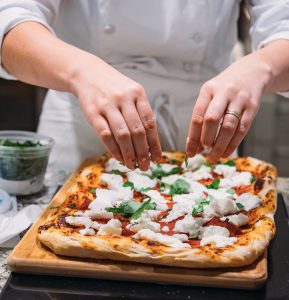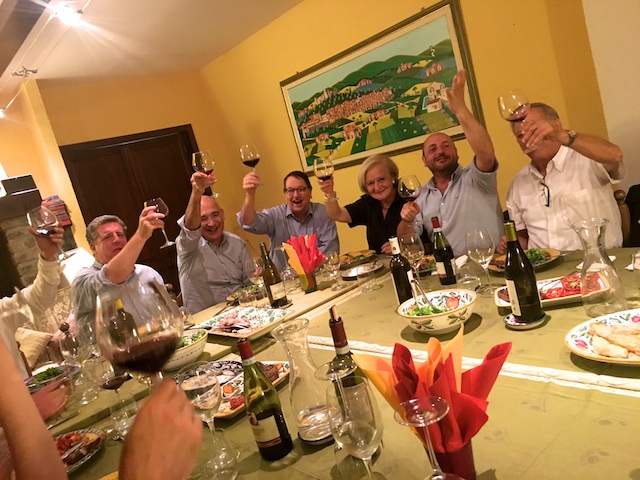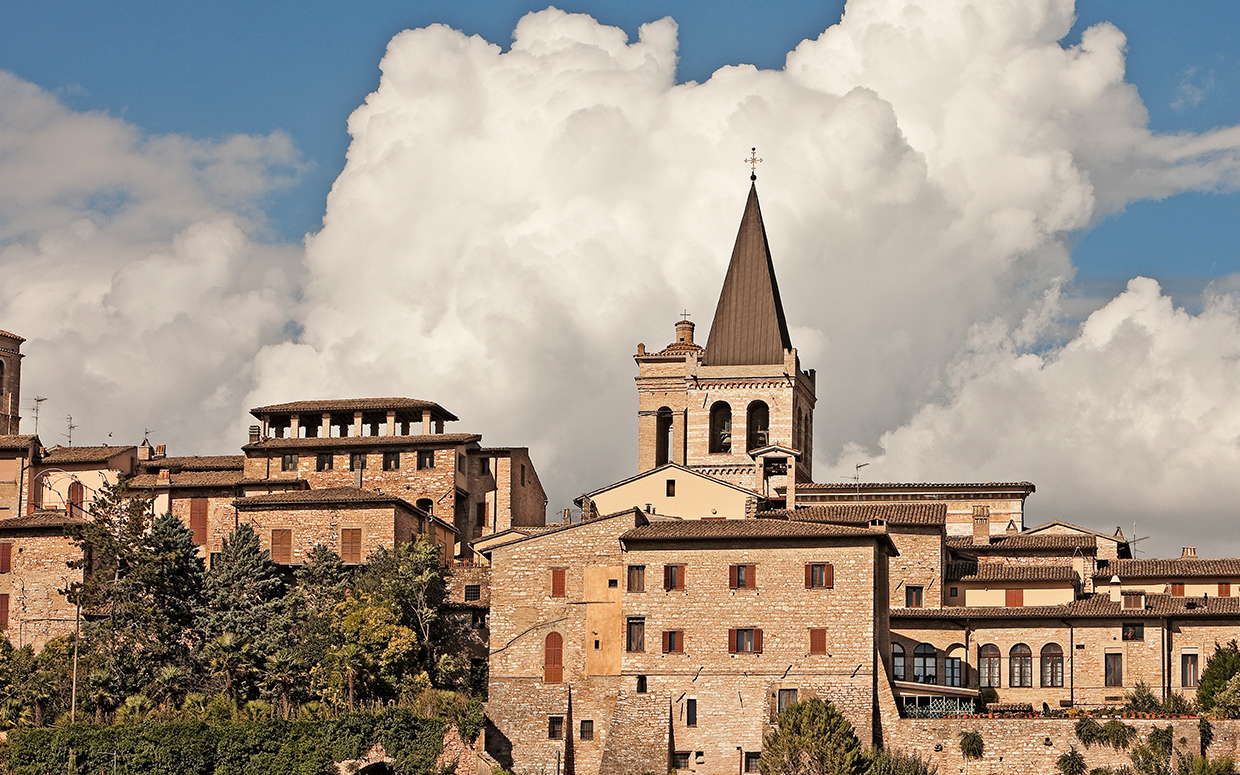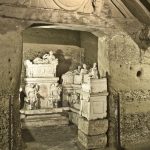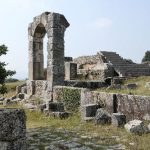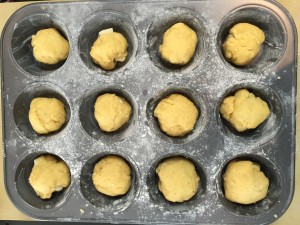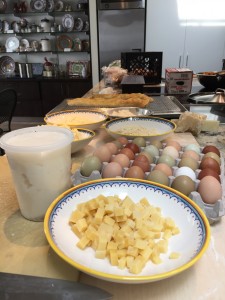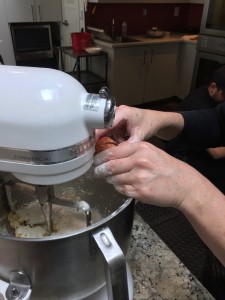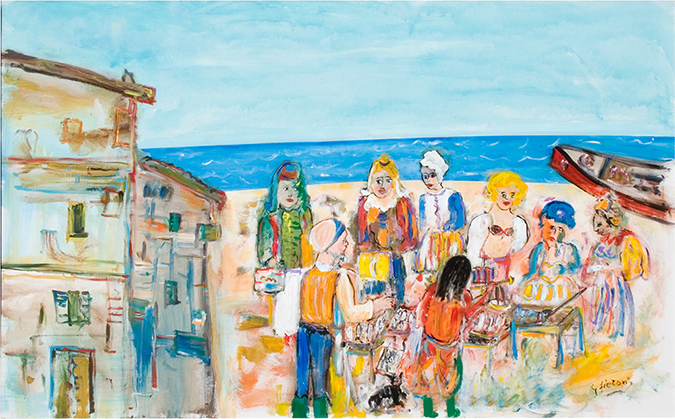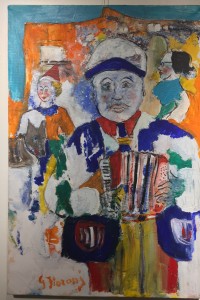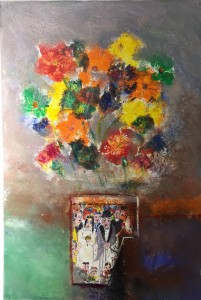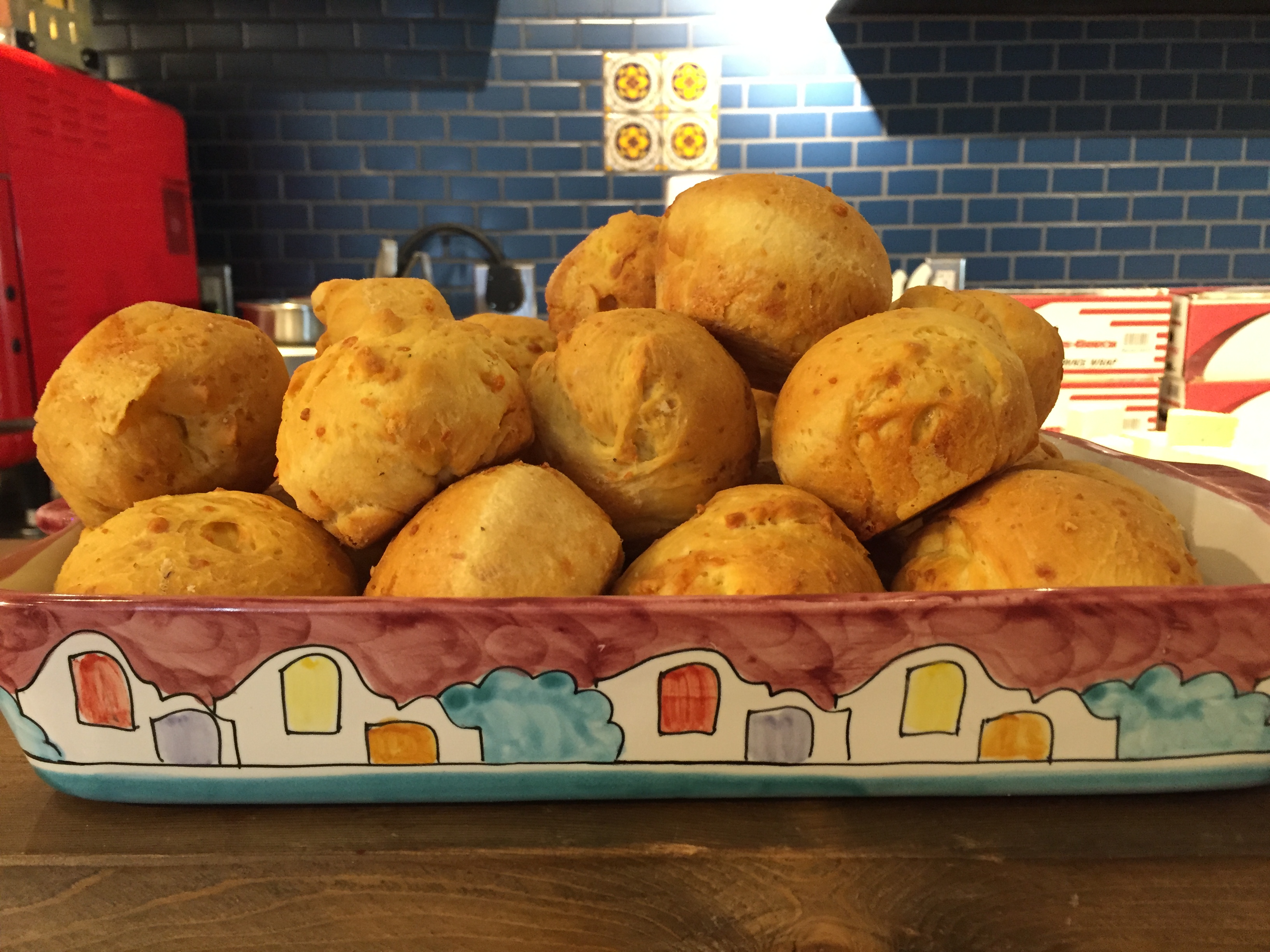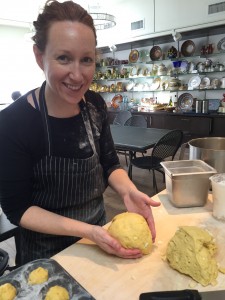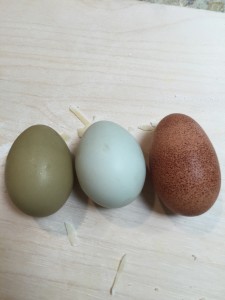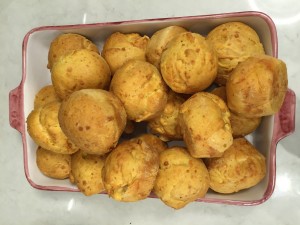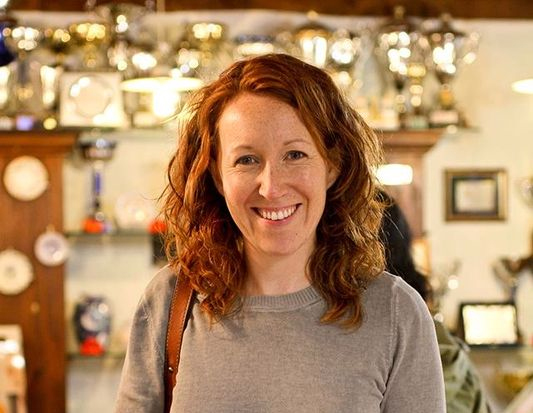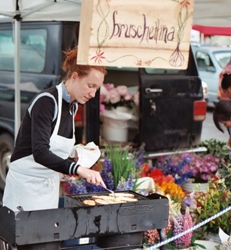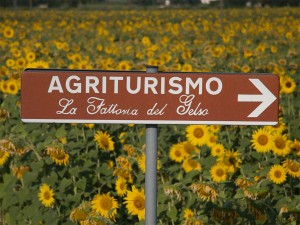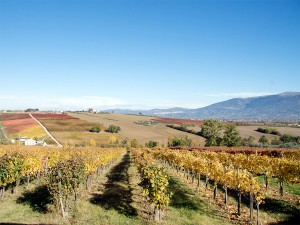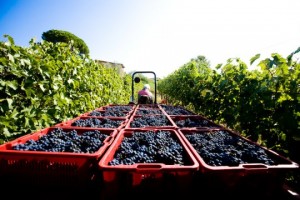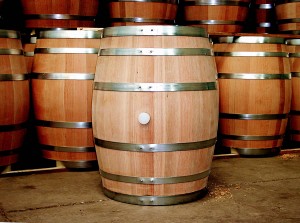 Nothing says summer to me like spending a few weeks in Umbria, visiting friends, finding new and interesting products for the store, enjoying Umbria jazz, and, of course, relaxing by the pool. Unfortunately, life doesn’t always work out as planned- a lesson we learned last week during a whirlwind visit to to Cannara. I warn you now, the details of this trip are not for the faint of heart, the easily tired, or the weak of liver- read along at your own risk
Nothing says summer to me like spending a few weeks in Umbria, visiting friends, finding new and interesting products for the store, enjoying Umbria jazz, and, of course, relaxing by the pool. Unfortunately, life doesn’t always work out as planned- a lesson we learned last week during a whirlwind visit to to Cannara. I warn you now, the details of this trip are not for the faint of heart, the easily tired, or the weak of liver- read along at your own risk
Thursday, July 14, 2016
After many days of postponing and rescheduling our trip, we finally made it to the airport, bags in hand, happily seated at our gate, ready for a short but amazing trip to our favorite place only to find out that the flight was delayed. Not just delayed, extremely delayed. By the time we finally (rather crankily) boarded the plane six more hours were gone from our already truncated vacation but we were determined to make the most of it.
Friday, July 15, 2016
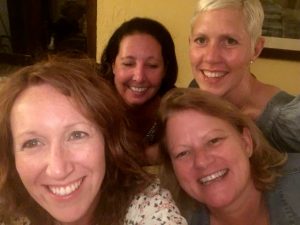 6:30pm With our original scheduled arrival time in Rome of 7:24 am we had planned to have lunch with Simone in Bevagna. With the flight delay, however, lunchtime was long gone by the time we left Rome but we beelined for Simone’s anyway (after making a quick stop at Lufra to pick up fresh mozzarella di bufala of course). We arrived at le Delizie del Borgo just in time for Spritz O’Clock and spent an hour catching up with our fourth (and favorite) ‘son’ Simone over a platter of salamis and cheese.
6:30pm With our original scheduled arrival time in Rome of 7:24 am we had planned to have lunch with Simone in Bevagna. With the flight delay, however, lunchtime was long gone by the time we left Rome but we beelined for Simone’s anyway (after making a quick stop at Lufra to pick up fresh mozzarella di bufala of course). We arrived at le Delizie del Borgo just in time for Spritz O’Clock and spent an hour catching up with our fourth (and favorite) ‘son’ Simone over a platter of salamis and cheese.
7:30pm When we finally made our way to the Farmhouse, Jennifer McIlvaine and Federico Bibi pulled up behind us with their adorable children, and after a few minutes of excited greetings in the driveway we opted for drinks in the living room. For those of you suffering through the current east coast heatwave you will find it impossible to believe, but despite being the dead of summer, it was way too cold to sit outside!
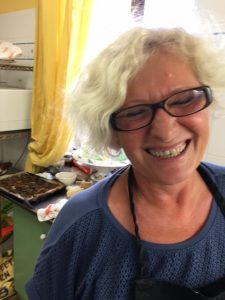 Inside we found Marco and Orusia firing up the pizza oven, and friends of ours from Washington who were staying with us at the Farmhouse soon returned from a day of touring. Not far behind them were our son and his girlfriend whom we picked up at the Foligno train station- the last piece of our group.
Inside we found Marco and Orusia firing up the pizza oven, and friends of ours from Washington who were staying with us at the Farmhouse soon returned from a day of touring. Not far behind them were our son and his girlfriend whom we picked up at the Foligno train station- the last piece of our group.
Marco outdid himself, as always, and our raucous group enjoyed pie after pie with a bit of spicy bomba and Birra Perugia. A small taste of Nutella pizza to end the meal.
12:00am No idea what time it was when bedtime finally rolled around but it was definitely a long day.
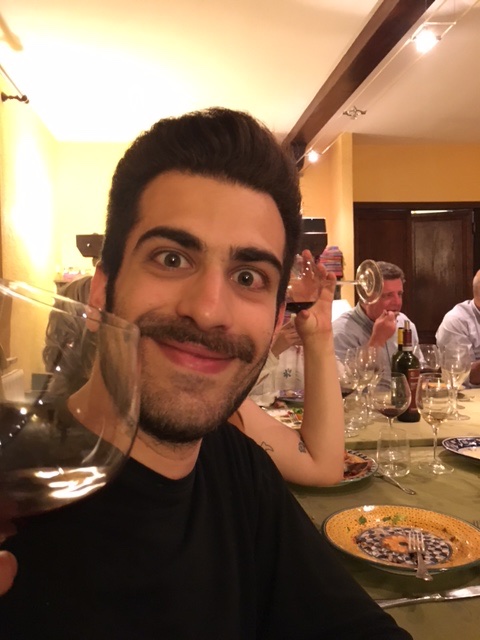
Saturday, July 16
1:00pm After catching up on our zzzzzs our intrepid group headed to Bevagna for a “light” lunch with Simone. It was another beautiful day and we happily enjoyed our meal outside in the park.
5:00pm I finally had to give in and take a quick nap while Bill took a group to Foligno on a hunt for a Sicilian pastry shop to satiate a craving for cassata, and a visit to the Granarium (our nearby zero kilometer granary, mill and bakery) for a tour and to buy flour, bread and cookies.
7:30pm – It’s a birthday celebration and we have invited several (see below) of our Italian friends to join us. We were hoping to eat outside, but again it is too cold and the Italians want nothing to do with the chilly, fresh air. We have Spritz by the pool and then head indoors where Marco has rearranged the dining room to accommodate our small party of 25. In addition to the group staying with us we are happy to have Gerardo and Assunta Ribigini, Jennifer and Federico (tonight they are senza children), Albertino and Jessica Pardi, Zia Augusta, Alberto, Linda and GianLuca Pardi and Linda’s mother, Federico and Claudia Ribigini and Daniele Sassi.

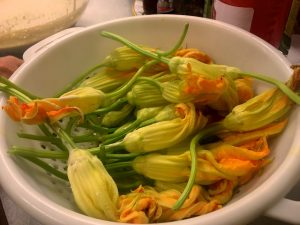 8:15pm Everyone has brought wine so we have a selection from Terre Margaritelli, Pardi and Tabarrini to pair with a favorite summer meal – fried sage leaves, onions, zucchini and zucchini blossoms followed by pasta with arugula and walnuts, mixed grill and vegetables from the garden.
8:15pm Everyone has brought wine so we have a selection from Terre Margaritelli, Pardi and Tabarrini to pair with a favorite summer meal – fried sage leaves, onions, zucchini and zucchini blossoms followed by pasta with arugula and walnuts, mixed grill and vegetables from the garden.
10:00pm We have sparklers in the Birthday cake but the real fireworks are outside. Marco has picked up a fabulous pyrotechnic display and Bill has it matched perfectly to Whitney Houston’s Star Spangled Banner.
Sunday, July 17
6:00am – early departure to Cantina Dionigi for a Hot Air Balloon Ride. You can read about it here.

1:00 pm – Lunch in Bevagna with Simone, Marco, Francesco Rustici and his wife Elisa, plus the group at the house.
An opportunity to introduce our guests to our favorite Italian Tradition – Sunday Lunch. Our children have bravely endured lunches lasting anywhere from 3-7 hours and despite their protests as children they have come to love and expect them. This is a meal where the food is slowly paced, no electronics are on hand and everyone is engaged in conversation.
6:00 pm – Not a Menard record – but still an excellent leisurely lunch.
Back to the house with Ombretta’s children Silvia and Tomaso for a quick swim before the sun sets.
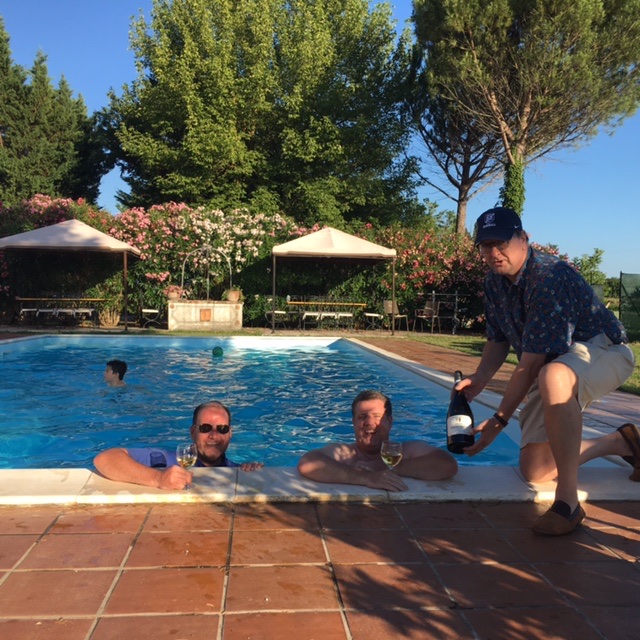
7:00pm – Albertino and Jessica stop by to visit and we make plans for dinner on Tuesday night.
8:00pm – All plans of attending a local wine festival get scratched in favor of setting up the big screen outside and picking up pizza. Another chilly night so we bundle up and hunker down to watch a movie.
Monday, July 18
 9:00am – Up by 9:00 to play cards with Tomaso and Silvia (who have opted to spend the night) and say goodbye to our guests.
9:00am – Up by 9:00 to play cards with Tomaso and Silvia (who have opted to spend the night) and say goodbye to our guests.
11:00am – The sun is shining and we take a break to sit by the pool and swim with Tomaso and Silvia.
1:00pm – Off to Cantina Tabarrini to see the new renovation – it’s breathtaking. Giampaolo’s plans and ideas are exhausting but the result is going to be amazing. We are treated to an excellent meal prepared by Franca and Federica – food fresh from their garden and an introduction to a new label and the latest release of Montefalco Rosso.
6:00pm – Back to the house for a couple of quick business calls and emails – it’s a work day after all.
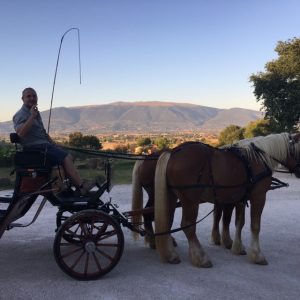 7:30pm – Dinner at Cantina DiFilippo
7:30pm – Dinner at Cantina DiFilippo
Roberto is just back from his winery in Romania but he has the horses all set up for a sunset carriage ride through the vineyard. Elena and Bianca Maria are fantastic hosts and we enjoy a flight of Asiago cheeses and plenty of wines.
Enjoying a beautiful night with friends with Assisi lit up and sparkling in the distance.
Tuesday, July 19
8:00am – Up early to pack and return emails.
1:00pm – Off to lunch at the home of Marco’s parents, Anna and Lodovico Palermi where we are joined by Chiara, Carlo Alberto and Viola and Chiara’s mother Mariella.
3:30pm – Back to the house to Visit with Augusta.
6:00pm – Time to pack up.
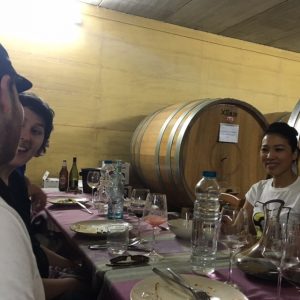 7:00pm – Off to Cantina Pardi for a farewell dinner of Jessica’s Korean specialities. It’s not easy to find all the staples for a Korean feast in the heart of Italy but Jessica makes it all seem simple and delicious.
7:00pm – Off to Cantina Pardi for a farewell dinner of Jessica’s Korean specialities. It’s not easy to find all the staples for a Korean feast in the heart of Italy but Jessica makes it all seem simple and delicious.
10:30pm – Quick stop in Bevagna to say goodbye to Simone. The circle is complete. We have seen everyone and enjoyed our brief visit. It’s time to go home and share our experiences, stories and hopefully a few new tastes at Via Umbria.

Wednesday, July 20
6:00am – Early morning and departure for Rome FCO and back to DC. Bill gets the honor of captaining the early morning drive. I sleep.
Not the most relaxing summer vacation – but it’s easy to trade in relaxation for good friends, good wine, and good fun. Italy is such a magical place, but the most special thing about it for me has always been the people and it’s trips like these that remind me how lucky I am to have found such a great community in Umbria. For those of you who were not able to come with us on this trip, we encourage you to keep apprised of the goings on in the store. Rumor has it a few of these friendly faces may be popping up in Georgetown in the next few months. And for those of you looking to book your own vacations in Italy, give us a call! We are happy to share our experience, and our farmhouse with you.
Nothing says summer to me like spending a few weeks in Umbria, visiting friends, finding new and interesting products for the store, ...

